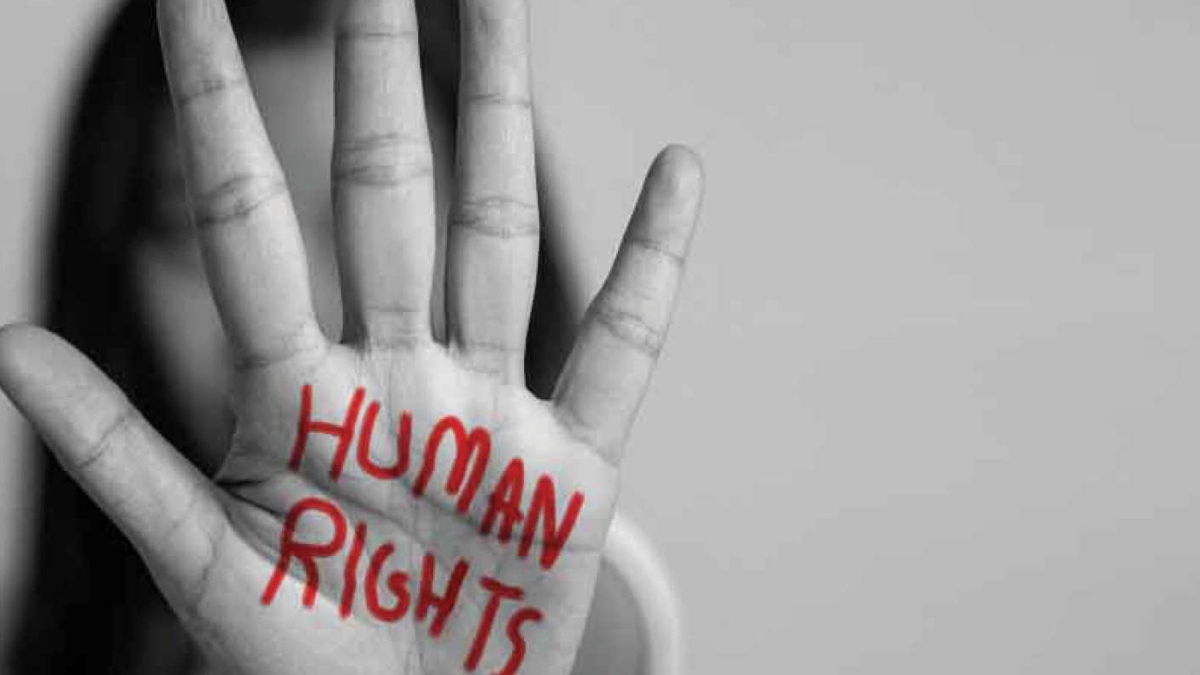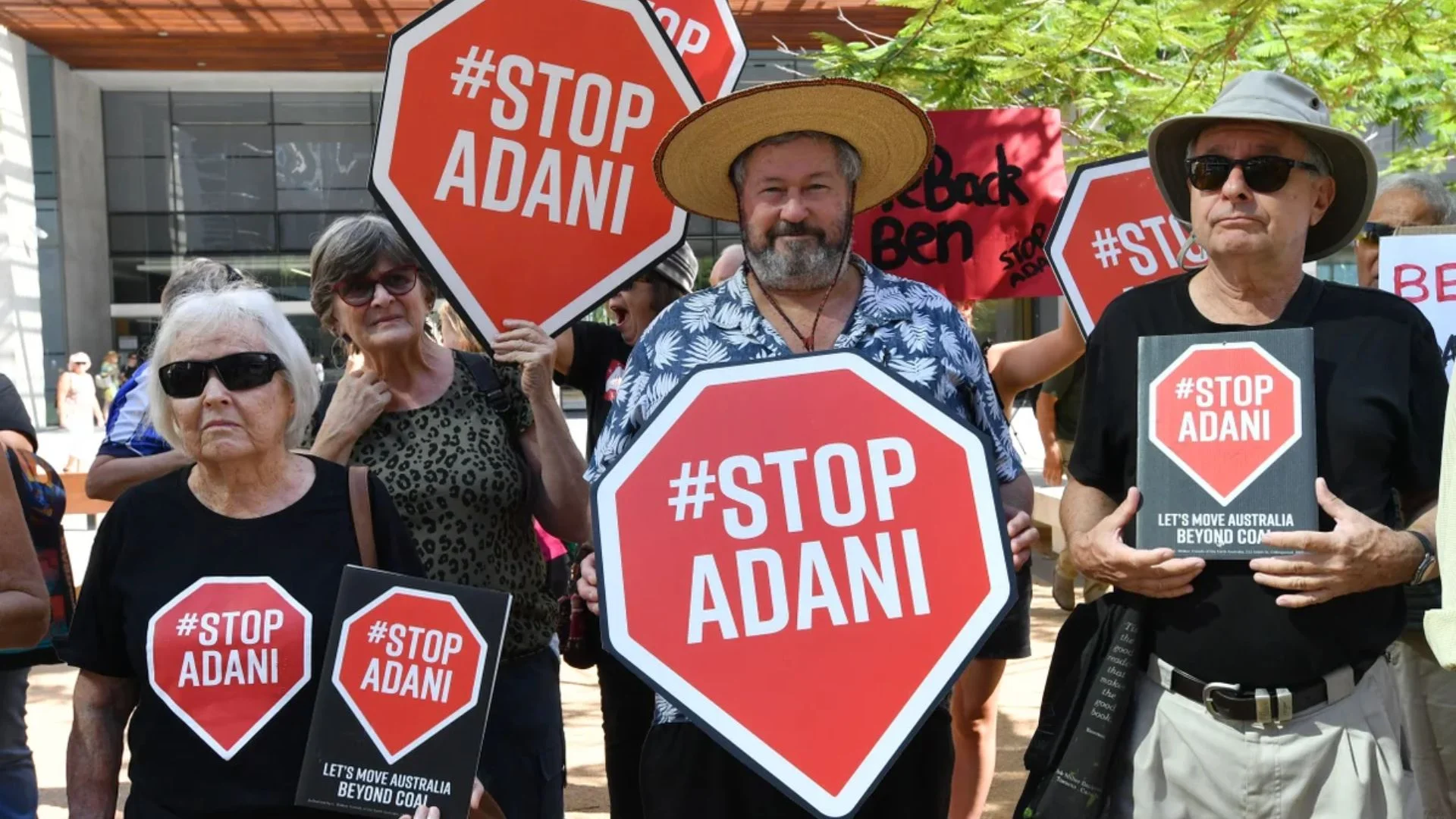
WHAT IS SOVEREIGN IMMUNITY?
Sovereign immunity, or state immunity, is a principle of customary international law, by virtue of which one sovereign state cannot be sued before the courts of another sovereign state without its consent. Put in another way, a sovereign state is exempt from the jurisdiction of foreign national courts. Thus, the question of immunity is at the same time a question of jurisdiction: only when the court already has jurisdiction will it become meaningful to speak of immunity or exemption from it. For this reason, sovereign immunity is also referred to as “jurisdictional immunity” or “immunity from jurisdiction.” Because different types of legal proceedings may be brought against foreign states, sometimes courts find it necessary to refer to jurisdictional immunities of states. In history, the words “ex-territoriality” and “extra-territoriality” were also used in this sense. The current law of state immunity has developed predominantly as a result of cases decided by national courts in legal proceedings against foreign states. Doctrinal debates among the scholars are of much later occurrence and consist mainly of comments on decided cases. The fact that the law of state immunity is primarily judge-made law gives judicial decisions a prominent position among the possible sources of international law as contemplated by Article 38 (1) of the Statute of the International Court of Justice; instead of being a “subsidiary means for the determination of rules of law,” they are now a main source of legal rules. This feature of the law also shapes and determines the contours of a research guide on sovereign immunity.
INTERNATIONAL DIMENSION
Sovereign immunity always had two dimensions – a national and an international one. So far, the international community has witnessed several attempts to codify the law on sovereign immunity, but until now only the European Convention on State Immunity (ECSI) has entered into force.1 However, even this Convention has received only eight ratifications since 1972, with Germany having been the last state to ratify it in 1990.2 The United Nations have, of course, also worked on the matter – for several decades. Still, since its adoption in December 2004, the UN Convention on Jurisdictional Immunities of States (UNCJIS) has not been ratified by enough states in order to become effective.3
Parallel to these efforts on the international level, some states enacted national legislation on sovereign immunity, most importantly the US Foreign Sovereign Immunity Act (FSIA).4 Other states include the UK, Australia, Canada, and South Africa.5 States, for whatever reason has forgone the opportunity to pass national legislation rely on international custom to determine the scope of immunity which foreign states might claim. In doing so, most states – or, to be more precise, their courts — assume that sovereign immunity serves as the basic rule until the existence of an exception has been proven.6
To conclude, in constitutional monarchies the sovereign is the historical origin of the authority which creates the courts. Thus the courts had no power to compel the sovereign to be bound by them as they were created by the sovereign for the protection of his or her subjects.
DOCTRINE OF SOVEREIGN IMMUNITY IN INDIA
The doctrine of sovereign immunity evolved from common law jurisprudence existed in United Kingdom based on commonly followed notion that ‘King can do no wrong’, the legal maxim for which is ‘rex non potest peccare’. The British rule in India had brought the ideologies, laws and culture of such nature within the country.
There are typically two forms of sovereign immunity- Immunity to Jurisdiction, which implies that one state government’s authority or an official if commits wrong in any other state, the state cannot be tried for that matter, hence, state courts do not have jurisdiction over another state. Another form is Immunity from Execution, wherein it would be improper for one state to seize any property of another state. However, both the immunities can be waived by the State themselves. The judicial trend for doctrine of sovereign immunity could be divided into Pre and Post Constitution era in India.
PRE-CONSTITUTION PERIOD
The doctrine was established for the first time in case of P&O Steam Navigation Company v. Secretary of State (5 Bom HCR App 1), Peacock C.J. classified ‘sovereign’ and ‘non-sovereign’ power and two-fold character of East India Company as sovereign power and trading company and interpreted Government of India Act, 1858. Whereas, in Secretary of State v. Hari Bhanji ( (1882) ILR 5 Mad. 273) the court took contrasting view and denied any distinction of sovereign and non-sovereign functions along with extending non-liability of Government for acts related to public safety. These cases were considered as Precedents, but still there was an ongoing judicial battle on distinction between sovereign and non-sovereign.
INTERSECTION OF CONSTITUTION AND JUDICIAL DECISIONS
Post enactment of constitution, there was resentment and filing of review petitions in courts by aggrieved petitioners for genuine damages, leading with a liberal and constitutional requisite, the Indian courts sway away from the ancient doctrine and narrowed the scope providing rightful justice and damages to the victims.
Article 300 of the Indian Constitution can be considered the torchbearer for eliminating the doctrine of sovereign immunity as it clearly laid down that Government of India as well as State may sue or can be sued along with pertinent description and applicability. In State of Rajasthan v. Vidyawati (AIR 1962 SC 933), the apex court first time dealt with the sovereign immunity post-constitution and laid down that in modern times, the State have social and welfare responsibilities and hence, required to function on constitutional norms and not invoke the defense of old feudal laws. Additionally, in Kasturi Lal Ralia v. State of UP (AIR 1965 SC 1039), SC took a view protecting the State from liability of torts committed by the servants within their statutory power, herein, in our view the court applied sovereign immunity partially to not let State suffer with undue litigations and damages.
INTERPLAY BETWEEN HUMAN RIGHTS AND SOVEREIGN IMMUNITY
In the 1996 case, D.K. Basu v. State of West Bengal, the Supreme Court held, “for the violation of the fundamental right to life or the basic human rights… this Court has taken the view that the defense of sovereign immunity is not available to the State… for the established violation of the rights guaranteed by Article 21 of the Constitution of India.” Compensation awards and determinations that a lawsuit contains a breach of a constitutional right, rendering sovereign immunity inapplicable, are always rulings taken at the discretion of individual judges. “Courts often reject compensation lawsuits in fundamental rights cases,” according to SAHRDC. Apart from the lack of mandatory payments, de facto and de jure protection remains an external hurdle, limiting survivor reparation and allowing human rights violations to occur across India.
Internationally, the concept of sovereign protection has become a significant contributor to the most appalling condition of human rights enforcement. The ICJ ruled that Italy infringed on international law by granting Germany sovereign immunity from domestic sovereignty in the case of Jurisdictional Immunities of the State (Germany v. Italy). Germany has been accused of violating international humanitarian law and fundamental human rights. According to this principle, when a state violates secured human rights norms that are called peremptory international law norms, such as jus cogens, the state’s jurisdictional protection is not protected. The fundamental principles of international humanitarian law, the prohibition of torture and genocide, the right of self-determination, and the prohibition of violence are all examples of jus cogens. The principle argues that international law grants immunity to a state in cases of human rights abuses. According to this theory, sovereign immunity is not a jus cogens norm, and therefore ranks lower in the order than all other jus cogens principles. The International Law Commission (ILC) gave an example of a list on which the prohibition of crimes against humanity was considered a jus cogens. In order to correct human rights abuses, normative hierarchy theory states that the maintenance of jus cogens norms takes precedence over all concepts of international law. In his book Enhancing Global Human Rights, R. Falk mentions that the principle of non-intervention does not apply in situations of violation of human rights norms is well-established rule of law. For example, in Nada v. SSEAs, the Swiss Federal Court recognized fundamental human rights as jus cogens norms. Similarly, All states are required by Article 6 of the International Covenant on Civil and Political Rights (ICCPR) and Article 12 of the International Covenant on Economic, Social, and Cultural Rights (ICESCR) to accept the non-derogable right of everybody to the highest level of health and to take all reasonable precautions to contain and avoid epidemics, endemics, and pandemics. Sovereign immunity is not a protection that prevents the international community from taking civil action against human rights violations. The Soviet Union dropped its claim to exclusive jurisdiction at the Conference on Security and Cooperation in Europe and instead engaged in a meaningful discussion about the issues at hand in Belgrade.
However in Indian context in many a cases it is seen quite in contrast, In an otherwise excellent order by the Allahabad High Court on 1 September 2020, awarded no compensation was given to Dr Kafeel Khan for his unjustified detention. The court granted him bail and declared his detention under the National Security Act as illegal. He was arrested by the Uttar Pradesh government, which said he gave a hate speech inciting people to hate each other and inciting students on the basis of religion. Dr. Khan had instead issued a call for national integrity and reconciliation, as well as a condemnation of terror, according to the ruling. After months in prison for an offence he did not commit, he received no remuneration.
CONCLUSION
The doctrine is a torch bearer of an ancient principle, the requirement of which has been diminished in the modern contemporary world. The harmonious contrition of international and state laws along with judicial precedents on sovereign immunity have taken into account the essence of social protection by protecting human rights and eliminated the draconian aspect of complete immunity to sovereign states.















